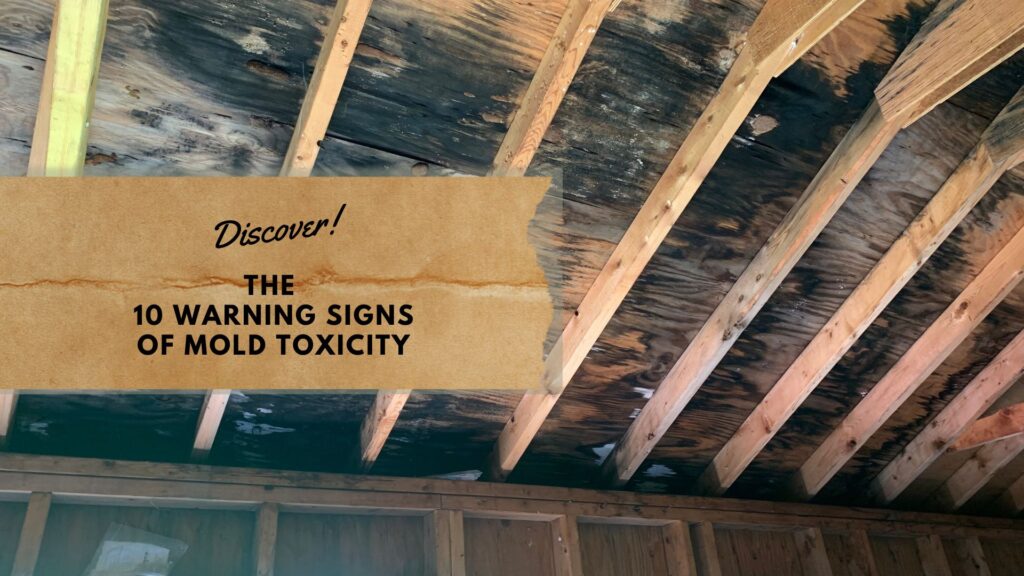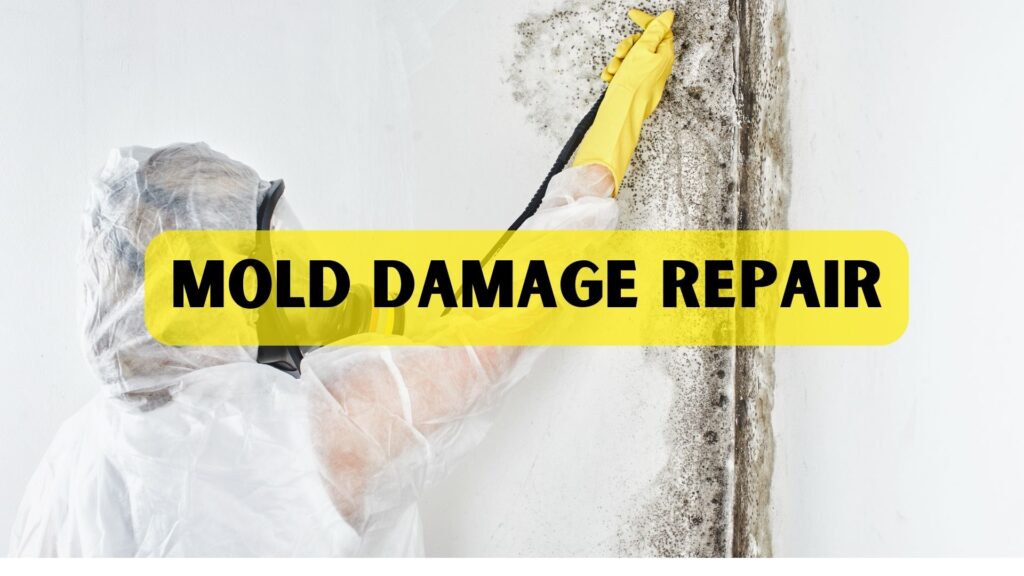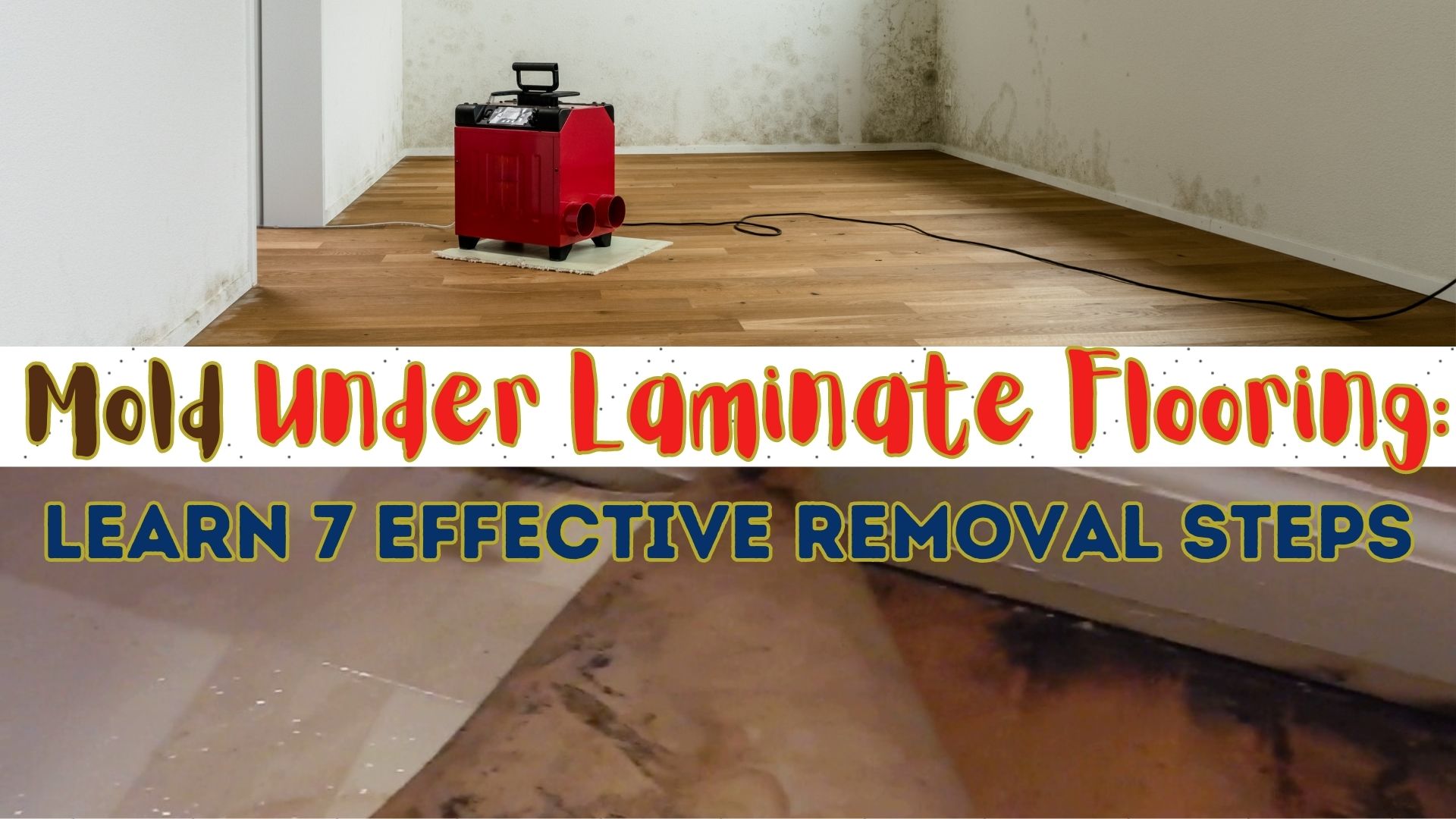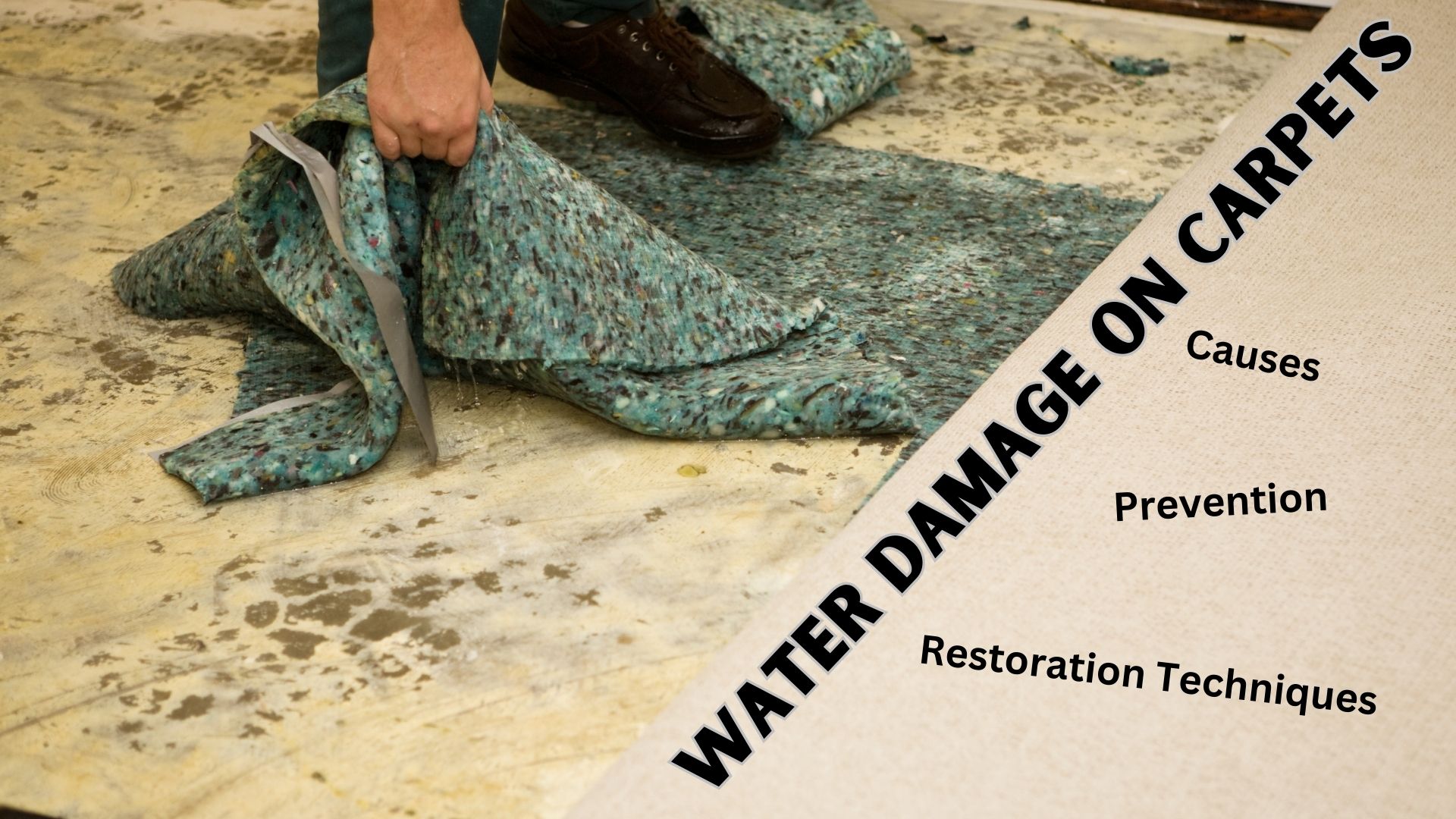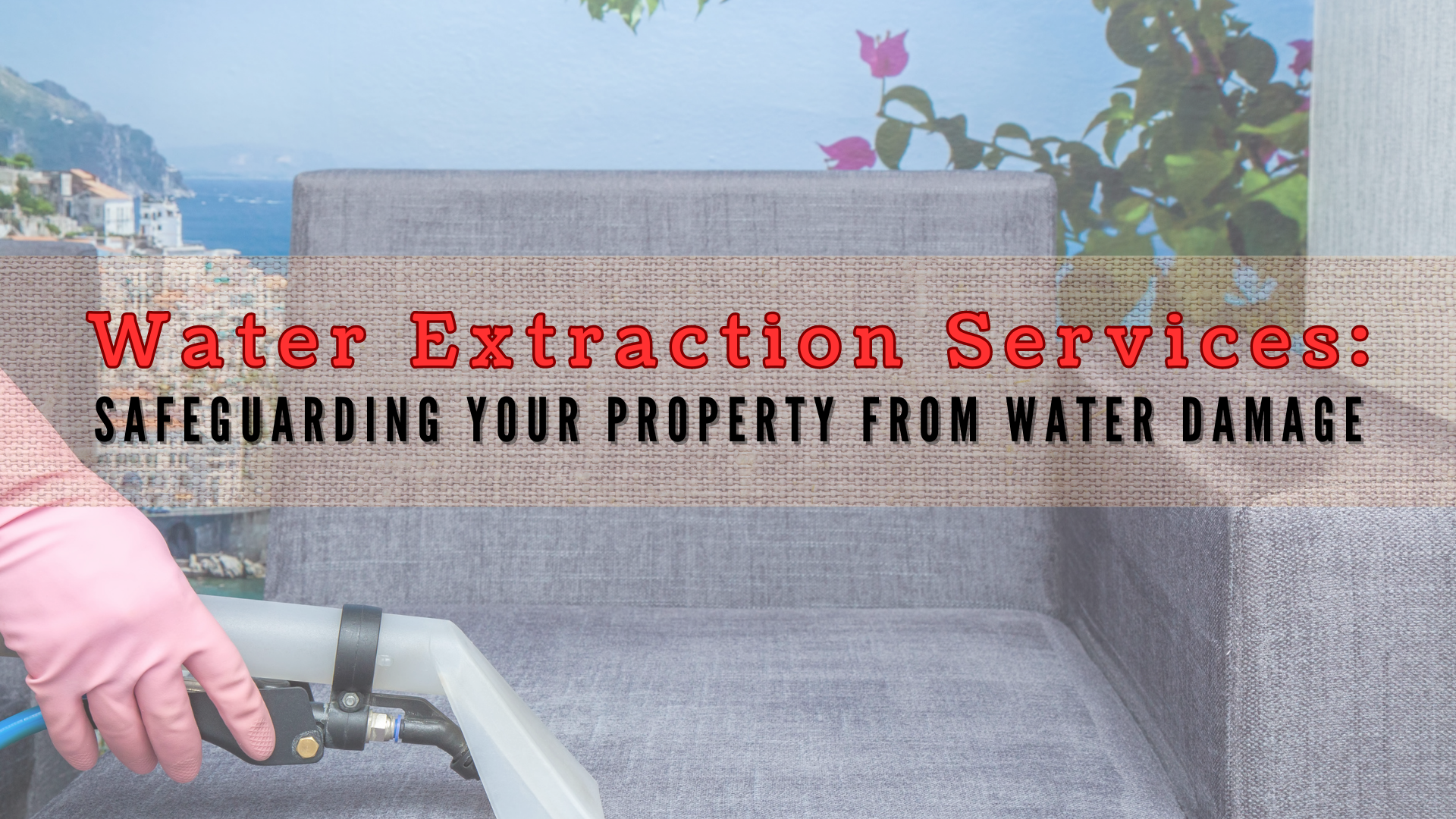Mold toxicity can silently creep into our living spaces, posing potential risks to our health and well-being. Understanding the warning signs of mold toxicity is crucial for early detection and prompt action. In this article, we will explore the 10 warning signs of mold toxicity that you should be aware of, empowering you to recognize and address any potential mold-related health issues.
From respiratory symptoms to cognitive effects, staying vigilant about these signs or symptoms of mold toxicity can help safeguard your health and create a mold-free environment. Let’s delve into the world of mold toxicity and learn how to protect ourselves from its hidden dangers.
Understanding the 10 Warning Signs of Mold Toxicity and Its Impact on Health
Mold, a type of fungus, is a common occurrence in both indoor and outdoor environments. While certain molds are harmless, others can pose serious health risks, particularly when they release toxic substances called mycotoxins. Mold toxicity refers to the adverse health effects caused by exposure to these mycotoxins. Recognizing the signs of mold toxicity is crucial for protecting your well-being and taking appropriate measures to address any mold problems in your home or workplace.
Types of Mold and Their Connection to Mold Toxicity
There are various types of mold that can potentially lead to the 10 warning signs of mold toxicity. Some common mold species associated with health issues include Stachybotrys chartarum (commonly known as black mold), Aspergillus, Penicillium, and Cladosporium. These molds thrive in moist environments and are often found in areas with water damage, such as leaky roofs, plumbing leaks, or flood-prone regions.
Water Damage and Mold Growth
Water damage plays a significant role in the development of mold problems. When excessive moisture is present, it creates an ideal breeding ground for mold spores to multiply and form colonies. This is why it is crucial to address water damage promptly and ensure proper drying and remediation to prevent mold growth.
Mold Allergy and Weakened Immune Systems
Individuals with weakened immune systems are more susceptible to mold allergies and the associated health risks. Mold spores can trigger allergic reactions, including coughing, sneezing, watery eyes, and nasal congestion. Those with existing respiratory conditions, allergies, or compromised immune systems should be particularly cautious in mold-prone environments.
10 Warning Signs of Mold-Related Health Issues
1.) Respiratory Symptoms: Persistent coughing, wheezing, and shortness of breath can indicate mold toxicity. Exposure to mold spores can irritate the respiratory system, leading to these symptoms.
2.) Allergic Reactions: Mold allergies can manifest as itchy skin, hives, and nasal congestion. If you experience these symptoms consistently in certain locations or situations, mold exposure may be the culprit.
3.) Headaches and Memory Loss: Mold toxicity has been associated with cognitive symptoms, including frequent headaches and memory problems. If you notice a decline in cognitive function, it is worth investigating the possibility of mold exposure.
4.) Fatigue and Weakness: Mold toxicity can cause persistent fatigue, weakness, and a general lack of energy. If you feel drained and lethargic without an obvious explanation, mold exposure could be a contributing factor.
5.) Sinus Infections and Nasal Congestion: Frequent sinus infections or chronic nasal congestion that does not improve with treatment may be indicators of mold toxicity.
6.) Skin Irritation: Mold exposure can lead to skin rashes, redness, and itchiness. If you develop unexplained skin problems, consider the possibility of mold-related issues.
7.) Digestive Issues: Mold toxins can affect the digestive system, resulting in symptoms such as nausea, diarrhea, and abdominal pain. If you experience persistent gastrointestinal problems, mold toxicity should be investigated.
8.) Eye Irritation: Red, watery, itchy eyes are common symptoms of mold allergy or toxicity. If your eyes are frequently irritated in certain environments, it is important to consider the presence of mold.
9.) Sensitivity to Temperature and Humidity: Individuals experiencing heightened sensitivity to changes in temperature and humidity may be more susceptible to mold-related health problems.
10.)Neurological Symptoms: In rare cases, mold toxicity can lead to neurological symptoms such as dizziness, tremors, and difficulty concentrating. If you experience these symptoms, it is essential to consult a healthcare professional.
10 Warning Signs of Mold Toxicity: Taking Action
Mold Remediation and Prevention
If you suspect mold toxicity or have identified mold in your home or workplace, it is crucial to take action promptly. Here are some steps to consider:
Consult a Professional: Engage a qualified mold remediation specialist to assess the extent of the mold problem and develop a remediation plan.
Remove Mold Safely: If the mold growth is small and limited, you can attempt to remove it yourself using appropriate protective gear and mold-specific cleaning products. However, for extensive mold infestations, professional remediation is strongly recommended.
Preventive Measures: Regularly inspect your home for signs of water damage, monitor indoor humidity levels, and promptly address any mold growth or leaks.
Control Moisture Levels: Mold thrives in moist environments, so it’s crucial to control moisture levels in your home. Repair any leaks promptly, whether from plumbing, roofs, or windows. Keep humidity levels below 50% by using dehumidifiers in areas prone to dampness, such as basements and bathrooms.
Proper and Improve Ventilation: Ensure proper ventilation throughout your home. Make sure there is proper ventilation in moisture-prone areas, such as bathrooms, kitchens, and basements. Use exhaust fans in bathrooms and kitchens to remove excess moisture and steam. Open windows as often as possible to promote air circulation and reduce humidity. Good airflow helps prevent mold growth.
Address Water Damage Immediately: If you experience any form of water damage, address it promptly and thoroughly. Promptly repair any sources of water damage, such as leaks, roof issues, or plumbing problems. Thoroughly dry affected areas, consider dehumidifiers in damp spaces and replace damaged materials as necessary. Act quickly to prevent mold growth and minimize the risk of mold toxicity.
Inspect and Maintain Your Home: Regularly inspect your home for any signs of mold growth, such as discoloration, musty odors, or visible mold patches. Pay attention to areas prone to moisture, such as basements, attics, and crawlspaces. Fix any issues promptly and clean affected areas with appropriate mold-killing products.
Clean and Dry Spills or Flooding: In the event of spills or flooding, clean and dry the affected areas within 24 to 48 hours. Use fans, dehumidifiers, and proper ventilation to aid the drying process. This helps prevent mold growth and reduces the risk of mold toxicity.
Maintain Proper Insulation: Ensure proper insulation in your home to prevent condensation and moisture buildup. Insulate pipes to prevent leaks and minimize the chances of mold growth in hidden areas.
Remove Clutter: Clutter can obstruct airflow and create pockets of moisture, providing a breeding ground for mold. Keep your living spaces clean and clutter-free to minimize the risk of mold growth.
Monitor Indoor Humidity: Regularly monitor indoor humidity levels using a hygrometer. Aim for humidity levels between 30% and 50%. If levels are consistently higher, employ dehumidifiers to maintain optimal conditions.
Use Mold-Resistant Materials: When renovating or building, consider using mold-resistant materials. These include mold-resistant drywall, paints, and insulation, which can help prevent mold growth in the first place.
Educate Yourself: Stay informed about mold prevention and mold toxicity. Learn about the potential risks and the 10 warning signs of mold toxicity to stay proactive in maintaining a mold-free environment. Regularly update your knowledge and seek professional advice when necessary.
By implementing these preventive measures, you can significantly reduce the likelihood of mold growth and mold toxicity in your living spaces. A proactive approach to mold prevention is key to ensuring a healthy and mold-free environment for you and your loved ones.
Why is Recognizing the 10 Warning Signs of Mold Toxicity Important
Recognizing the 10 warning signs of mold toxicity is essential for safeguarding your health and addressing potential mold-related issues. By understanding the types of mold, the connection to water damage, and the warning signs of mold toxicity, you can take appropriate measures to mitigate health risks. Whether it involves seeking professional assistance, improving ventilation, or implementing preventive measures, proactive action is vital in creating a mold-free environment that promotes well-being.
Why Choose Superior Restoration?
Once you recognize the 10 warning signs of mold toxicity, you can now easily prevent them from occurring in your homes!
Superior Restoration offers effective solutions for homeowners struggling with mold infestations in their homes. With their expertise in mold remediation, they provide comprehensive services to identify, contain, and eliminate mold growth, ensuring a safe and healthy living environment. Utilizing advanced techniques and equipment, this trusted company tackles mold issues at their root, preventing further damage and potential health risks.
Homeowners can rely on their dedicated team to restore their homes to their pristine condition, free from the harmful effects of mold. Contact our 24-hour office Mold Damage Murrieta, today!


